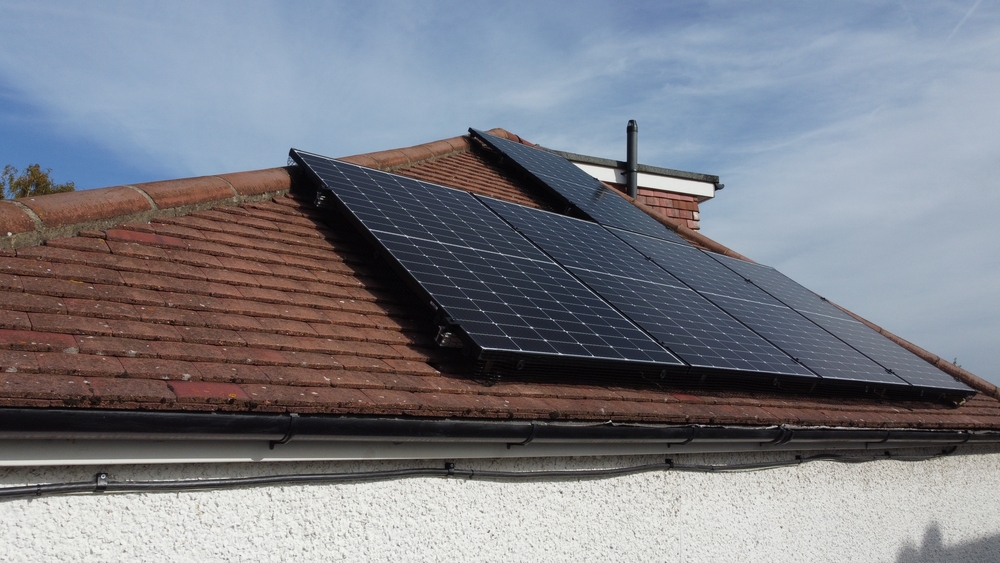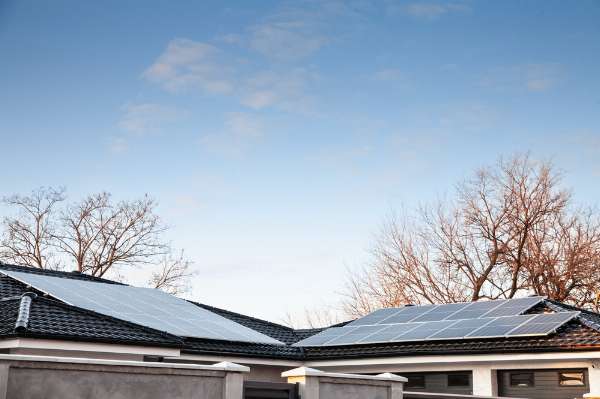Though interest in solar energy has grown steadily for years, 2022 brought it to an all-time high. When Russia invaded Ukraine, nations that were left in the wake of energy and supply chain chaos took the commitment to renewables to heart. Renewable energy is energy independence. Users are, for the most part, removed from market influences and global trade wars once their chosen system is up and running.
Last year, the U.S. also passed the Inflation Reduction Act (IRA) which extended the Solar Investment Tax Credit (ITC) until 2032, in addition to other incentives around electric vehicles, batteries, and more. Here are some of the reasons why solar is becoming more affordable across America.
What Does the World Have to Do With Solar?
Utility-scale solar projects that create oft-coveted energy independence rely on global supply chains. Their popularity depends on pressures from the energy sector as a whole. Some of the global factors that influence the American market are as follows:
Russia’s Grip on Energy
As the world’s leading exporter of natural gas and the European Union’s (EU) main source of crude oil and coal, Russia’s position in the Ukrainian conflict caused the EU to reexamine their own energy infrastructure and curb their reliance on Russian fuel.
Specifically, Eastern European nations like Slovakia, Poland, and Lithuania heavily depended on Russian energy exports by the end of 2022. In the case of these nations, well over two-thirds of their energy resources were imported from Russia. Nations around the world are watching these problems play out and planning for how to avoid energy reliance troubles themselves.
Federal Financial Commitments
From 2016 to 2020, the U.S. slid in right behind China as the nation with the highest capital investment into renewable energy infrastructure, at $540 billion. That was followed up last year by the robust IRA solar incentives. Federal reimbursements on solar projects guarantee that utility-scale contractors and homeowners alike will have financial support from the government in the years to come.
American States
As of the end of 2022, 22 states across America, including Washington D.C. and Puerto Rico, have adopted plans to become carbon-neutral over the next 10 to 25-plus years. That means that these states likely have their own incentive plans in place for projects like residential solar and utility-scale solar farms. Either way, homeowners and utility companies are gravitating toward solutions that allow them to maximize state tax incentives on renewable energy.
What Are Some Incentives to Buy Solar?

One of the central incentives that makes solar more affordable for American homeowners comes from the IRA. Any homeowner that installs residential solar between 2022 and 2032 will receive a 30 percent rebate from the federal government. That’s a whopping eight percent increase from 22 percent in 2022. Starting in 2033, that reimbursement rate will shift downward again, so it’s high time for homeowners to maximize their return on the investment now.
Additionally, the ITC has looped in other residential solar tools, like energy storage devices, as rebate products. Be aware that the solar tax credit is a deduction. It will decrease your federal tax burden, but it won’t translate to getting cash in hand via a refund.
Solar rebates are also available at the state and territory level. States like California, Minnesota, Texas, and New York are hotbeds of solar incentive opportunities. Though the reimbursement rate differs from place to place, some of the top reimbursement rates are 10 to 20 percent at the state level. Similar to the federal tax refund, a state reimbursement would only be applicable if you owe a balance on state taxes.
Are There Any Factors in the Way?
There are some challenges that could hinder renewable energy expansion across the U.S. Utility-scale solar projects grounded to a trickle in 2022 due to supply chain constraints. Between the materials necessary to make a solar panel and the labor involved in constructing the final product, the supply chain within that one piece of the puzzle is a global one. And that’s not taking into account other solar construction materials like inverters, batteries, and electric hardware.


